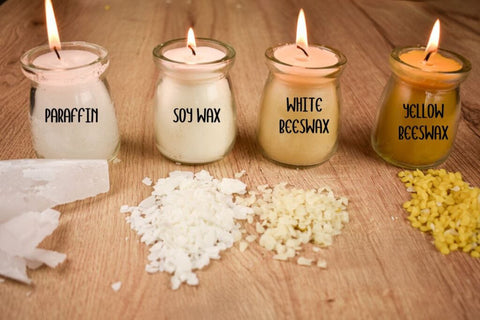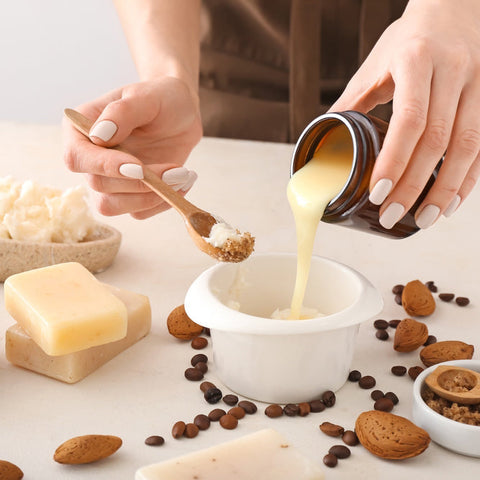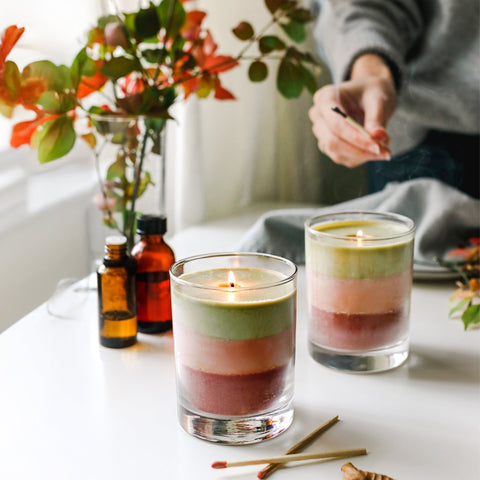From warm pumpkin to fresh jasmine, the variety of scented candles available is truly delightful. However, not all candles are created equal when it comes to wax. Even if they look similar, the types of wax used can vary significantly, whether they are store-bought or handcrafted.
There are several types of candle wax, with the most popular being paraffin (also known as mineral wax), soy, and beeswax. Recently, coconut wax has also been gaining traction. The question of which wax is superior is complex, as each type comes with its own set of advantages and disadvantages.
Paraffin Wax
Paraffin wax is the most commonly used wax across candle brands, primarily due to its low cost. It can hold a high concentration of fragrance and color and is available in various melting points, making it suitable for a wide range of candle types, from container candles to pillars. However, it isn’t the most eco-friendly option, as it is derived from a byproduct of the oil industry. Additionally, if not properly cared for, paraffin candles can produce soot. For those interested in making candles, Smello`s Paraffin Wax is a popular choice.
Soy Wax
Soy wax offers a mid-range option and is known for its slow burn, providing good value. Made from soybeans, it is considered a more environmentally friendly alternative to paraffin. However, it is still a byproduct of the soybean industry, raising concerns about deforestation, fertilizers, and pesticides involved in its production. Working with soy wax can also be challenging; it is sensitive to temperature, may shrink, and can develop "frost" with white spots. Additionally, soy wax doesn’t hold fragrance as effectively as paraffin, which may be either a pro or con depending on your scent preferences. A good option for candle making is Smello`s Soy Wax.
Beeswax
Beeswax is one of the oldest forms of candle wax and is another eco-conscious choice. Derived from bees during the honey-making process, it has a subtle natural sweetness that can help purify the air. Beeswax is a harder, more solid wax often used in blends for container candles or to create unscented pillars. If you’re interested in beeswax for candle making, try Smello`s White Beeswax Pastilles.
Blends
Many brands create candles using blends of different waxes to develop an eco-friendlier option that offers a strong burn. These blends can combine the best qualities of various wax types.
Choosing the Right Candle Wax
Ultimately, the choice of wax comes down to personal preference. Factors to consider include the type of candle you’re making, your budget, your preferred fragrance strength, and your eco-consciousness. Each popular type of candle wax has its own unique benefits and drawbacks.
It's also important to remember that the overall quality and experience of a candle depend on the combination of wax, the quality of the fragrance, the wick, and the vessel. Smello caters to all your candle making needs.



